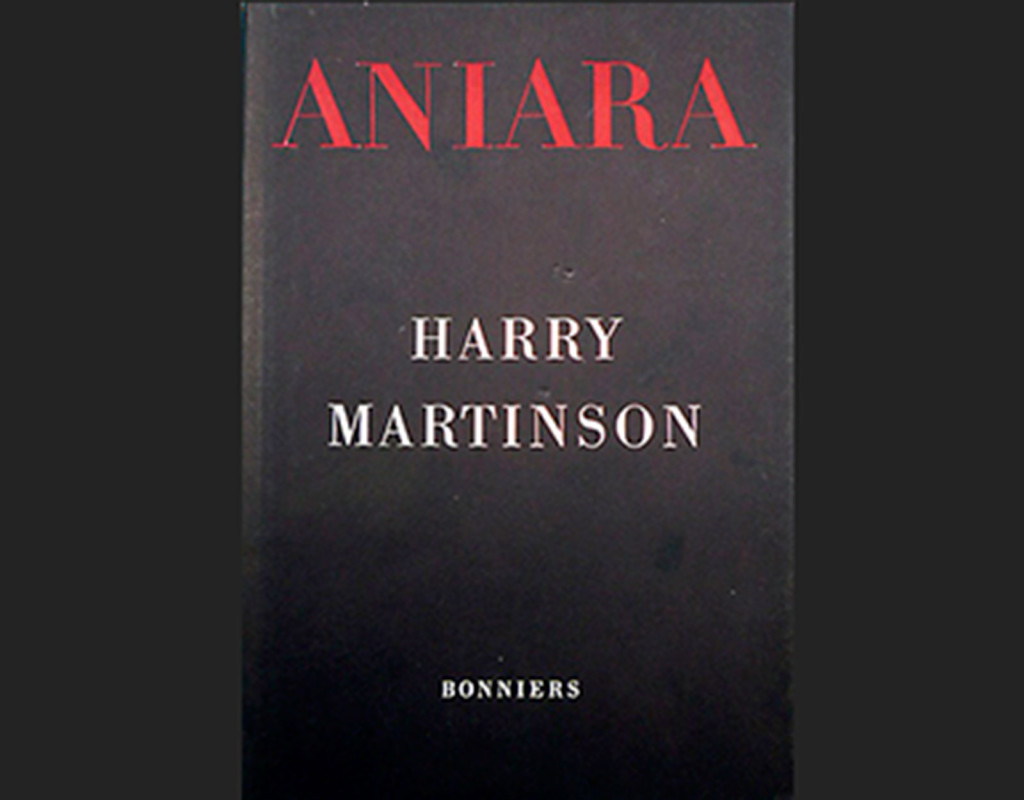

The poem consists of 103 cantos, each relating the tragedy of a large passenger spacecraft originally bound for Mars with a cargo of colonists from the ravaged Earth. Martinson also said he was influenced by Paul Dirac. Martinson translates scientific imagery into the poem: for example, the "curved space" from Albert Einstein's general theory of relativity is likely an inspiration for Martinson's description of the cosmos as "a bowl of glass", according to the Nobel Prize Foundation. Interpretation Īccording to Aadu Ott and Lars Broman at the International Planetarium Society, Aniara is an effort to " between science and poetry, between the wish to understand and the difficulty to comprehend". Martinson himself is said (by Tord Hall, longtime friend) to have been fond of this interpretation. Another theory makes up the word "Aniara" from the chemical symbols Ni ( Nickel) and Ar ( Argon) and the negative prefix "a-", and interprets this as the ship being untethered to both earth (Nickel being abundant in the Earth's core) and sky (Argon being abundant in the Earth's atmosphere). A preface to a 2005 Italian edition claims that the title comes from ancient Greek ἀνιαρός, "sad, despairing", plus special resonances that the sound "a" had for Martinson. Martinson came up with the word years before writing the work while reading astronomer Arthur Eddington, then giving it the meaning as the "name for the space in which the atoms moves". In a 1997 Swedish edition of Aniara, literary scholar Johan Wrede writes that the neologism “Aniara” is Harry Martinson's own invention.

In 2019, the extrasolar planet HD 102956 b was named after a character from the story, and its star was named Aniara. The poem has become a legend and is often used as the basis for planetarium shows in Sweden. Aniara has influenced other works of science fiction, such as Tau Zero and A Fire Upon The Deep. The work was praised for its lyrical storytelling, profound thought, and its portrayal of human greatness turning into humiliation and powerlessness. It was adapted into an opera in 1959 and a Swedish feature film in 2018.Īniara, published in October 1956, was met with public interest and enthusiasm from literary critics and readers. It was published in its final form on 13 October 1956.Īniara has been translated to around twenty languages.

The style is symbolic, sweeping and innovative for its time, with creative use of neologisms to suggest the science fictional setting. It narrates the tragedy of a large passenger spacecraft carrying a cargo of colonists escaping destruction on Earth veering off course, leaving the Solar System and entering into an existential struggle. AniaraĪniara ( Swedish: Aniara : en revy om människan i tid och rum ) is a book-length epic science fiction poem written by Swedish Nobel laureate Harry Martinson from 1953 to 1956. For other uses, see Aniara (disambiguation).


 0 kommentar(er)
0 kommentar(er)
